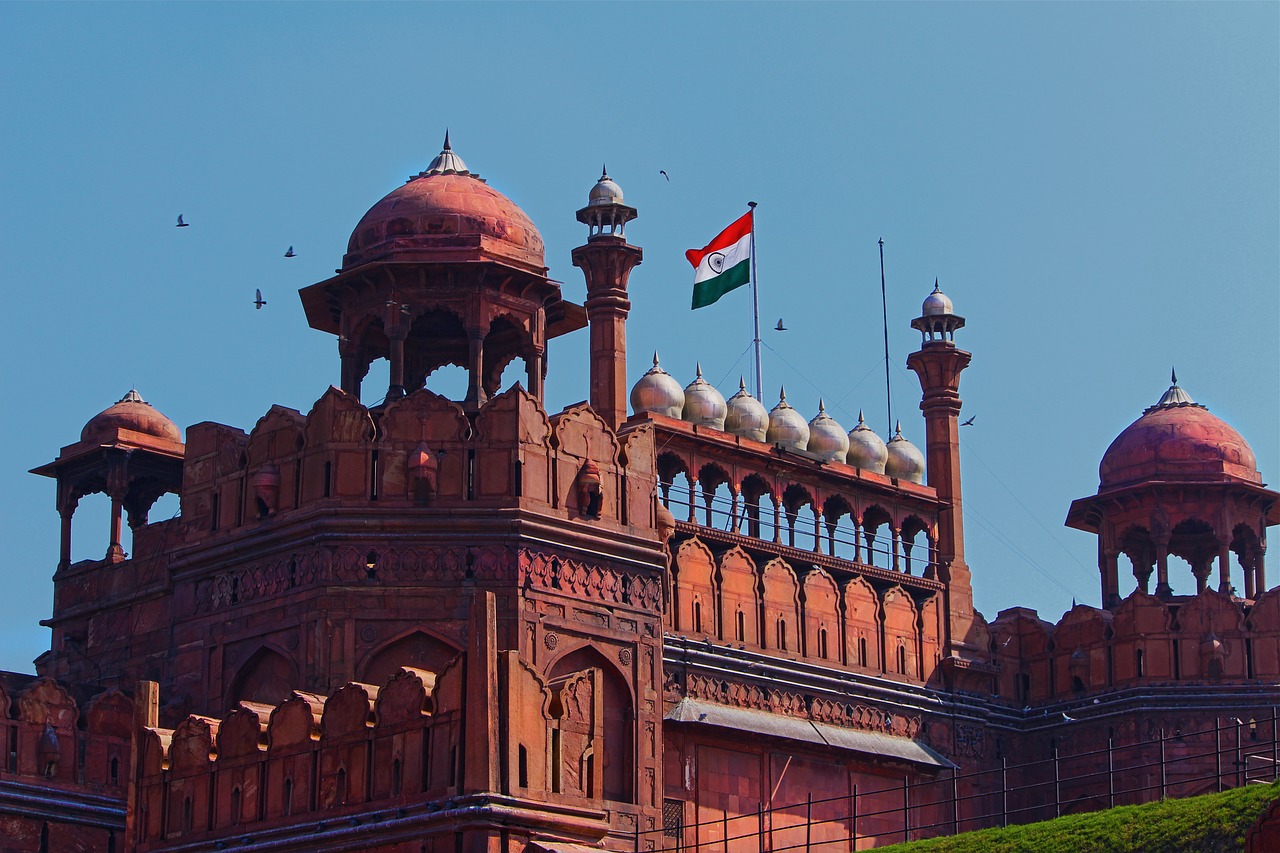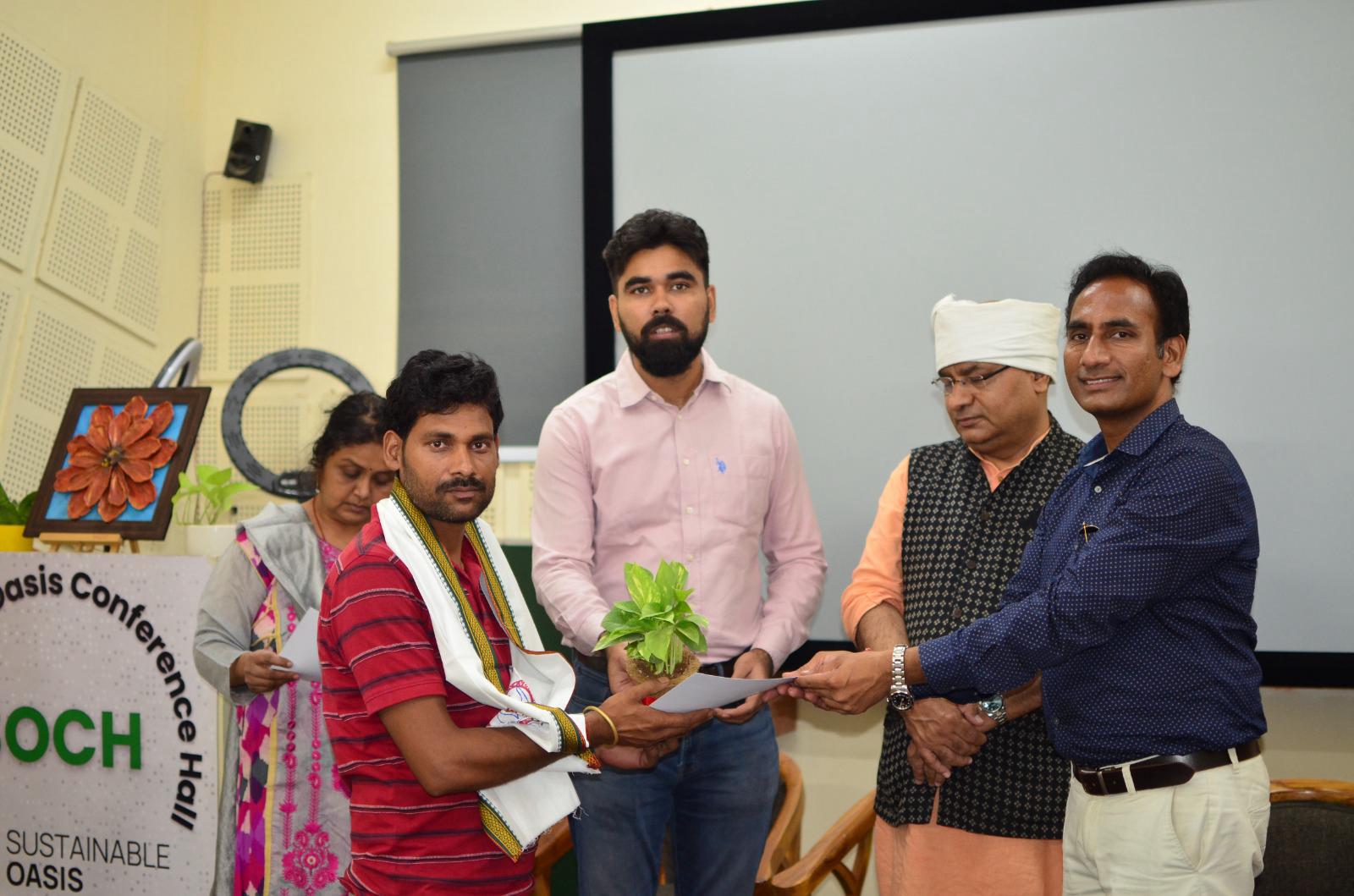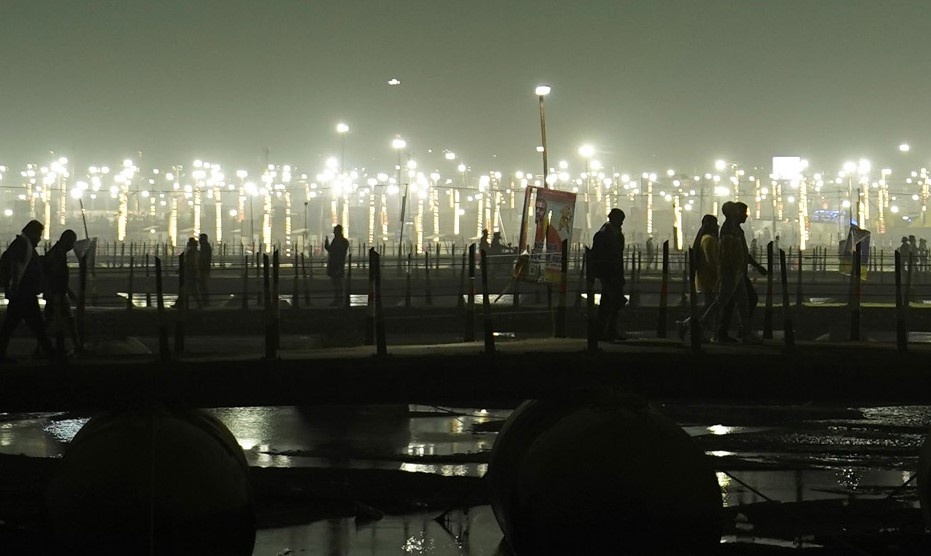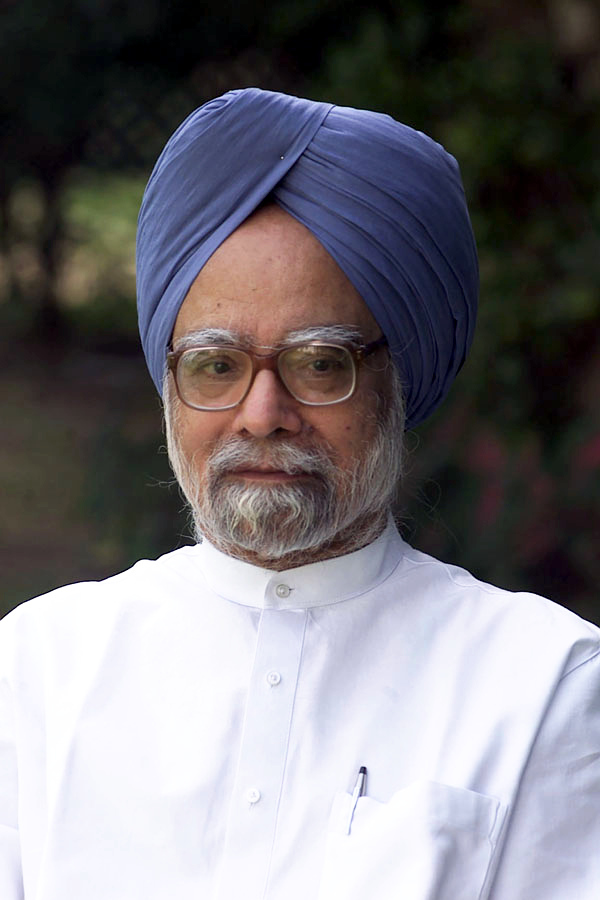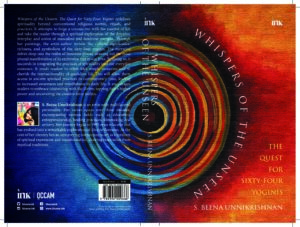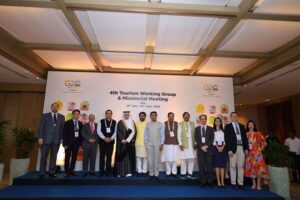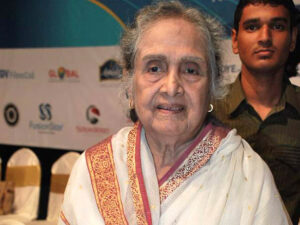PSLV-C35 launches 8 satellites into 2 orbits in a single flight
Ravi Shanker Kapoor | September 26, 2016 11:25 pm
The Indian Space Research Organization’s Polar Satellite Launch Vehicle (PSLV-C35) successfully launched the 371-kg SCATSAT-1 satellite along with seven co-passenger satellites on Monday morning from the Satish Dhawan Space Centre SHAR, Sriharikota. This is the thirty sixth consecutively successful mission of the PSLV, according to an official release.
The data sent by SCATSAT-1 satellite will help provide weather forecasting services to user communities through the generation of wind vector products as well as cyclone detection and tracking.
Of the seven co-passenger satellites carried by PSLV-C35, two—PRATHAM weighing 10 kg and PISAT weighing 5.25 kg—are university/academic institute satellites and were built with the involvement of students from IIT-Bombay and PES University, Bangalore and its consortium, respectively.
The remaining five co-passenger satellites were international customer three satellites from Algeria (ALSAT-1B, ALSAT-2B, and ALSAT-1N), one from Canada (NLS-19), and another from the United States (Pathfinder-1).
With this launch, the PSLV’s capability to launch satellites into two different orbits has been successfully demonstrated. The total number of satellites launched by India’s workhorse launch vehicle PSLV has now reached 121, of which 42 are Indian and the remaining 79 are from abroad.
The total weight of all the eight satellites carried on-board PSLV-C35 was 675 kg. PSLV-C35 is the first PSLV mission to launch satellites carried onboard into two different orbits. This PSLV mission was the longest of the PSLV missions conducted till date and was completed in 2 hours 15 minutes and 33 seconds after lift-off.
After PSLV-C35 lift-off at 9.12 am from the first launch pad with the ignition of the first stage, the subsequent important flight events—namely, strap-on ignitions and separations, the first-stage separation, the second-stage ignition, the payload-fairing separation, the second-stage separation, the third-stage ignition and separation, the fourth-stage ignition, and cut-off—took place as planned.
After separation, the two solar arrays of SCATSAT-1 satellite were deployed automatically and ISRO’s Telemetry, Tracking and Command Network (ISTRAC) at Bangalore took over the control of the satellite. In the coming days, the satellite will be brought to its final operational configuration following which it will begin to provide weather related services using its scatterometer payload.
After the successful separation of SCATSAT-1, the PSLV-C35 mission continued. Still carrying the seven co-passenger satellites, the fourth stage of PSLV coasted over the south polar region and then started ascending towards the northern hemisphere. A safe distance between the orbiting SCATSAT-1 and PSLV-C35 fourth stage was maintained by suitably maneuvering the stage.

